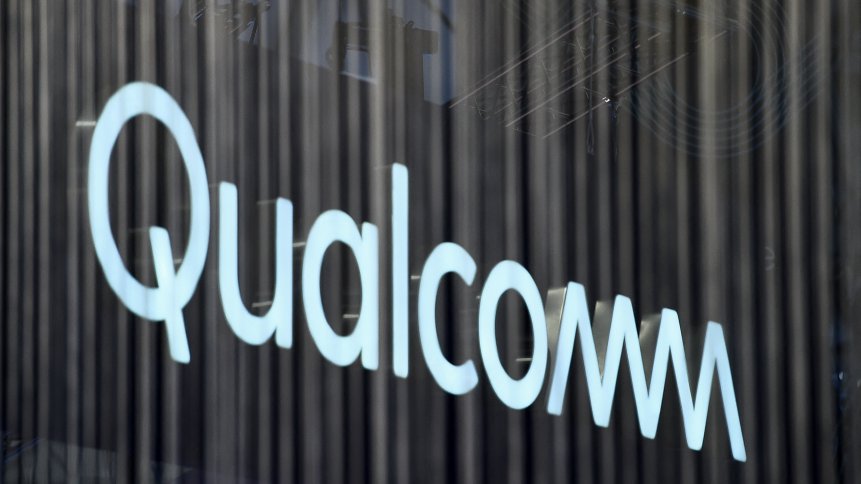Qualcomm announces Android partners for satellite text messaging

Last month, Qualcomm unveiled its Snapdragon Satellite — dubbed as the world’s first satellite-based two-way capable messaging solution for premium smartphones. In collaboration with global satellite communications company Iridium, the US-based chipmaker said the solution is powered by its Snapdragon 5G Modem-RF Systems and will enable cellular-to-satellite connectivity on devices that have Qualcomm’s flagship Snapdragon 8 Gen 2 Mobile Platform embedded in them.
Although the emergency messaging on Snapdragon Satellite will only be made available in selected regions starting the second half of this year, Qualcomm took the stage at the Mobile World Congress (MWS 2023) this week, to reveal the names of all the smartphone manufacturers that have jumped on its bandwagon.
The brands include Lenovo-owned Motorola, Nothing, Honor, Oppo, Vivo, and Xiaomi – all of which will enable two-way messaging via satellite connectivity on their next-gen smartphones.
“By incorporating Snapdragon Satellite into next-generation devices, our partners will be able to offer satellite messaging capabilities thanks to a mature and commercially available global LEO constellation, which can allow subscribers around the world to communicate outdoors with emergency service providers, as well as family and friends,” Qualcomm wrote in a press release.
Qualcomm also said that it’s expanding the availability of Snapdragon Satellite across its upcoming processor range, from the Snapdragon 8 series down to the Snapdragon 4 series. In simple terms, satellite connectivity will soon be available on Android phones across mid-range, high-end, and premium categories.
Snapdragon Satellite by Qualcomm
Snapdragon Satellite by Qualcomm is powered by Snapdragon 5G Modem-RF Systems and supported by the fully operational Iridium satellite constellation. Snapdragon Satellite will enable OEMs and other service providers to offer truly global coverage. The smartphone solution utilizes Iridium’s weather-resilient L-band spectrum for uplink and downlink.
When Qualcomm first announced the feature earlier this year, the company said emergency messaging on Snapdragon Satellite would be available in select regions starting in the second half of 2023. At MWC 2023, however, Qualcomm did not touch on the timeline and location availability.
Beyond smartphones, Qualcomm said that Snapdragon Satellite could expand to other devices, including laptops, tablets, vehicles, and IoT. “As the Snapdragon Satellite ecosystem grows, OEMs and app developers can differentiate and offer unique branded services taking advantage of satellite connectivity. Snapdragon Satellite is planned to support 5G non-terrestrial networks (NTN), as NTN satellite infrastructure and constellations become available,” the company wrote in January’s statement.
While Qualcomm is only now announcing partners for Snapdragon Satellite, Motorola and Bullitt Group have launched their first Android smartphone with two-way satellite messaging built-in. The Motorola Defy 2 comes equipped with MediaTek’s satellite connectivity tech and Bullitt’s satellite messaging service. Motorola also has a compact satellite link device that gives any Android or iOS device satellite connectivity.
Even Apple released the iPhone 14 with an emergency SOS satellite messaging service using Globalstar’s satellite network. That service, Emergency SOS via Satellite, is offered for free for two years to Apple iPhone users. Apple invested US$450 million to enable this service. Before Apple, Motorola, and Qualcomm, Chinese smartphone giant Huawei launched the world’s first smartphone with satellite communication features.
The Mate 50 series includes Huawei’s satellite communication that allows users to send emergency SMS to a receiver with a satellite orbiting Earth. However, this technology doesn’t require a mobile network and helps users to communicate as an SOS via satellite. The Huawei Mate 50 series uses China’s Beidou satellite to pass messages to the receiver.










